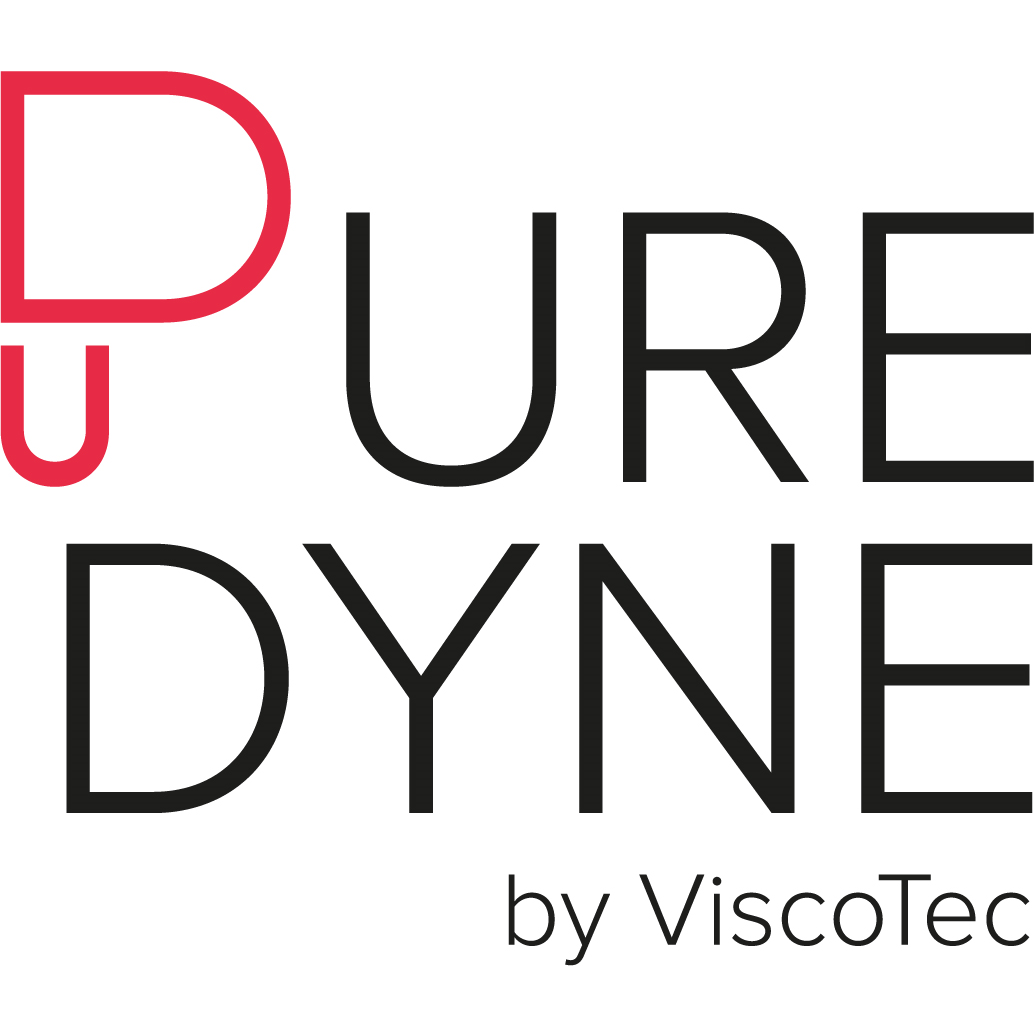A Partnership Focused on Improving Printing Processes with Biomaterials
Puredyne has formed a strategic partnership with Humabiologics that is set to benefit researchers when it comes to printing collagen and gelatin. The collaboration between the two companies provides scientists with an integrated solution of printing precision through Puredyne kit b and the clinical relevance of Humabiologics human bioinks.
Humabiologics is a rapidly growing US regenerative medicine company based in Phoenix, Arizona focused on providing native human-derived collagen, gelatin, and extracellular matrices from donated human tissue. Humabiologics offers a number of products including HumaDerm, the most affordable native human skin collagen type I, and Huma OsteoGelMA, the market’s first native human gelatin methacrylate (GelMA). Their products are manufactured under an ISO 13845 quality system and comply with GMP standards, to provide researchers with the highest quality and clinically relevant solutions to support the development of translational regenerative therapies and drug discovery.
With a core mission to honor the gift of donated human tissue, Humabiologics promotes translational scientific advancements in biomaterials and 3D printing to develop lifesaving therapies and enhancing treatments. By offering human biomaterials that are high quality, affordable, and at a stable supply, it is their hope to accelerate translational medicine and empower tomorrow’s innovations.
The benefits of the collaboration between the two companies and the use of the Puredyne kit b are clear, as Humabiologics is now able to print human collagen and gelatin even more precisely – and thus also more cost-effectively.
“Puredyne’s printing platform has precise and impressive printing capabilities accommodating various bioink formulas with high fidelity. The plug-and-play print head addresses a number of common issues related to the bioink of choice with other printing platforms such as clogging, viscosity and concentration limitations, low cell viability, and other issues. We are excited to see the impact of such technologies for researchers around the globe.” says Madeline Damasco, Scientific Liaison at Humabiologics.
Printing biomaterials with high resolution to develop complex tissue models remains a challenge and a labor intense process. In addition, the volume of the bioink that is used in the printing process is often more than the volume needed to print the structure. This is mainly due to volume lost in channels of the dispensing platform including the bioink cartridge. Puredyne’s platform addresses these challenges through the progressive cavity technology used in the cartridge, which not only overcomes the different viscosity challenges, but also reduces the volume of bioink needed and reduces the cost.
“Our partnership with Humabiologics will advance the bioprinting sector as a whole. With the combined advantages of the Puredyne portfolio, and Humabiologics superior biomaterials, companies and universities will achieve reproducible research results and higher cell viability.” said Annaliese Vojnich, Business Development Manager at ViscoTec America
For users, a key highlight is the fact that the Puredyne kit b is very easy to use. When comparable technologies need complex process control systems, the Puredyne kit b sets itself apart by intuitively linking the screw’s rotating speed to the material flow rate in a linear relationship.
Learn more about the printing process with biomaterial in our video.
You are currently viewing a placeholder content from YouTube. To access the actual content, click the button below. Please note that doing so will share data with third-party providers.
More InformationThe Puredyne team would be happy to answer any questions regarding implementation and application possibilities.
